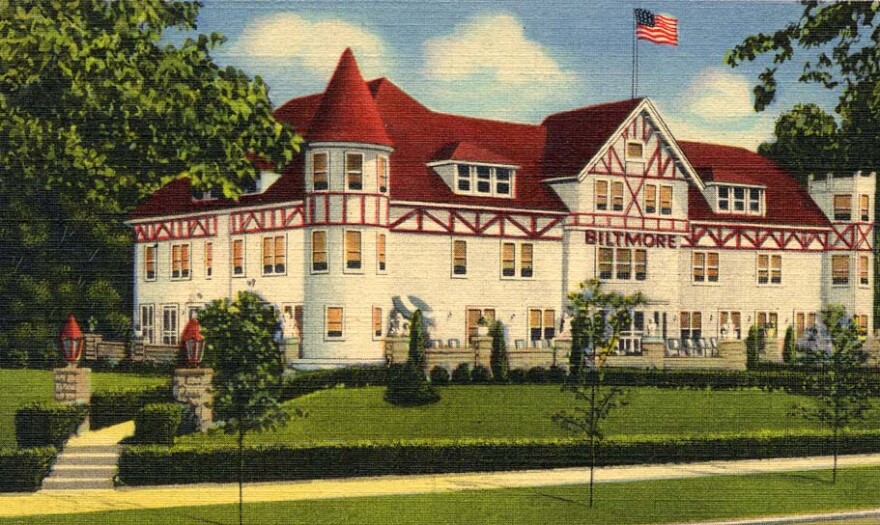The Historical Association of South Haven is re-opening its popular exhibit Catskills of the Midwest: The Jewish Resort Era in South Haven. It shows how farms run by Jewish immigrants slowly led to large lakeside resorts for Jewish families all over the region.
The exhibit opens Saturday, May 28th at the Historical Association of South Haven building on Hubbard Street.
“Across the lobby these two families saw each other and they had been in the concentration camp together. And they made it out, you know, and they saw each other from across the lobby and just like embraced and cried. Those are the kind of things that just tear me up," says Sue Hale of the Historical Association of South Haven, talking about families that met at Medelson’s resort after World War II.

Hale says some of the more upscale resorts brought in famous acts from all over the U.S. - musicians, dancers, singers, comedians. But primarily, these resorts were places for Jewish immigrants to come together and feel accepted.
Hale says some resorts were for working class folks, while others were as swanky as any Las Vegas hotel.
In the early 2000s, the Kalamazoo Valley Museum recorded interviews with resort owners, all of whom have since passed away.
But how did immigrant farms lead to lavish resorts for Jewish families? In the late 1800s and early 1900s, Jewish immigrants were living in ghettos - much like the ones they left behind in Europe. But in the early 1900s, the Jewish Agricultural Society helped give immigrants who wanted to farm the money to buy land and farm equipment. And by 1920 there were about 30 immigrant farms near South Haven.
Because of the short growing season, some farmers found they could make more money by offering rooms to tourists. So farms became farm resorts. Jim Ollgaard is the vice president of the Historical Association:
“You could go out and pick fruit or you could go pet the animals or you could drink milk that was freshly milked. And the corn would come in and be put right in the pot. So that was a hook,” he says.

Soon, Jewish immigrants wanted a place they could take their families on vacation. Hale says, at that time, many resorts along the lakeshore didn’t allow Jews to check in. So, immigrants of means bought some of those resorts.
“They were providing a place for their friends and their families and their people to stay,” says Sue Hale.
By the 1970s, the Jewish resort era was over. Hale says Jewish families could afford to buy a plane ticket somewhere else, they didn’t have to drive to South Haven. Ollgaard says by then, the South Haven resorts were outdated.

“The resorts were not modern. They sometimes had communal bathrooms, they didn’t have central air conditioning,” he says.
“And the resort owners, once their kids grew and were gone it was hard for them to keep up,” adds Hale.
Sue Hale with the Historical Association of South Haven says she hopes the exhibit will keep the memory of these resorts alive.



